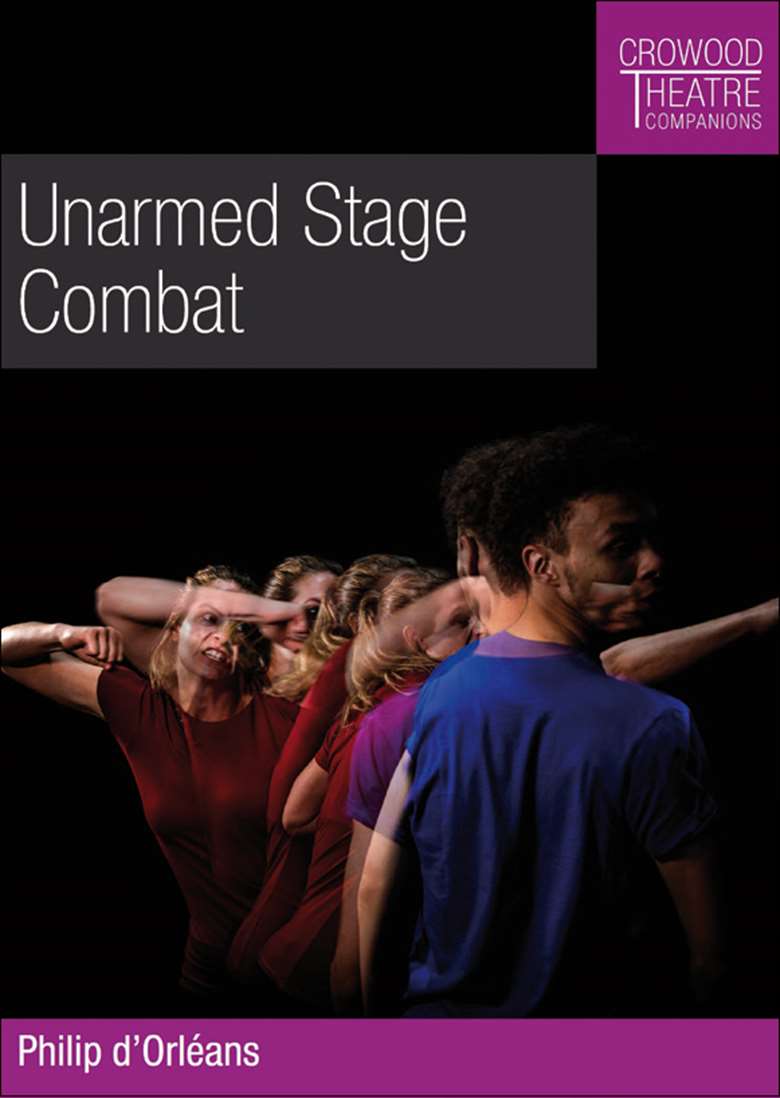Unarmed Stage Combat
Jo Smith
Monday, March 1, 2021
Useful for drawing upon in schemes of work, or a handy guide for those with previous training, published by The Crowood Press.

This stage combat manual would be used mainly for reference after having completed training with a qualified instructor or used in support during training and learning stage fighting techniques, rather than solo learning.
Written by RADA's stage combat teacher, Philip d’Orleans, it is split into three parts:
1. Fundamental principles (acting while you fight, safety, and who sees what and what works where)
2. Performance specifics (acting pain, knapping, and warming up)
3. The essential techniques (over 40 of them including slaps, punches – non-contact, kicks – non-contact, chokes and releases, contact, and the illusion of falling)
The book discusses how to create a character-based fight and explores acting while you fight: maintaining an authentic character from the beginning, how staging and sightlines affect the choice for the technique, vocal choreography and how to perform it safely, knapping, and a detailed examination of pain.
In the introduction there is a link to the author's website where you can access videos of each technique. These are a real bonus and extremely useful in recapping knowledge, as they show a good use of space, slow motion, eye contact, movement, action, and focus.
As a teacher there are parts of this book that I will draw from and apply to schemes of work. For example, I will be exploring the section on the Illusion of Falling within my Commedia Dell’arte lessons. There are other techniques that, in my opinion, are not suitable for my students.
As a director this book might prove useful as a reference for those who have already received training, however you need a dedicated and qualified fight director to choreograph fight scenes. Reading chapter 5 on safety is essential. Here there were some good reminders on preparation and working in slow motion to develop muscle memory and absorb information.
To quote the introduction, ‘great care must be taken to establish all the safety protocols before committing to any action.’
Overall, the book is a good ‘go to’ once you've had your training.

